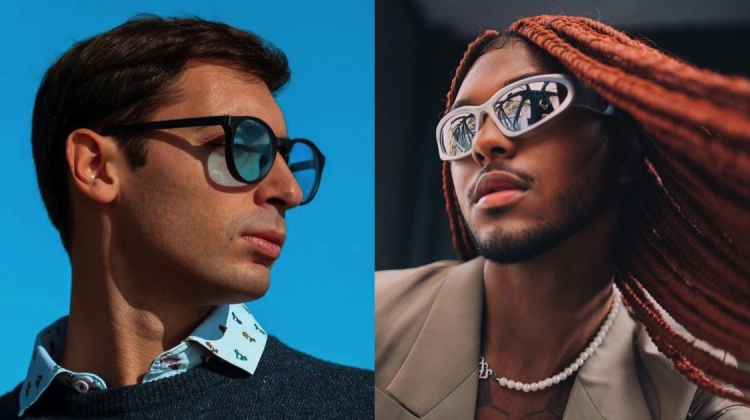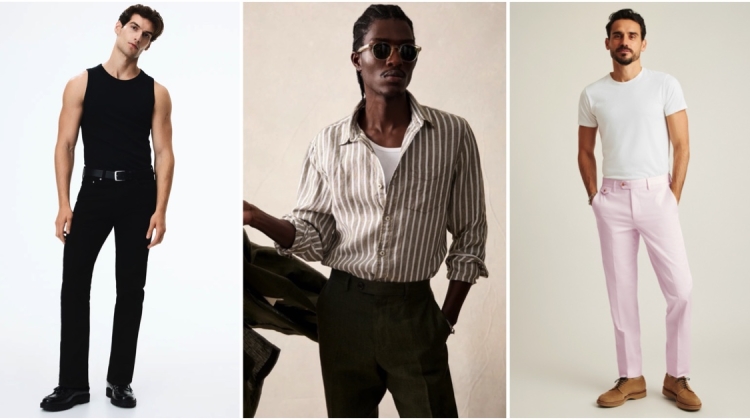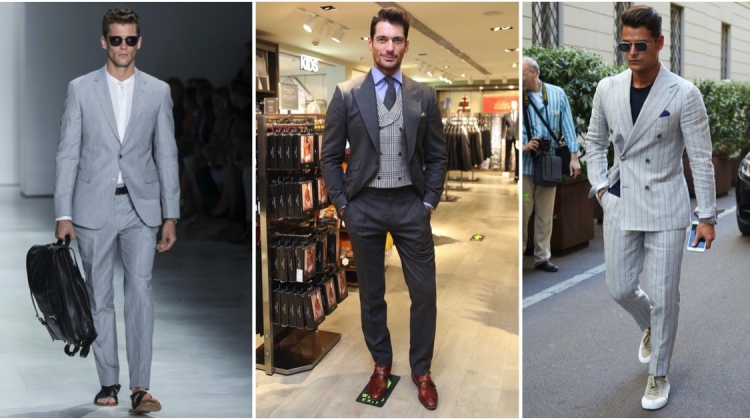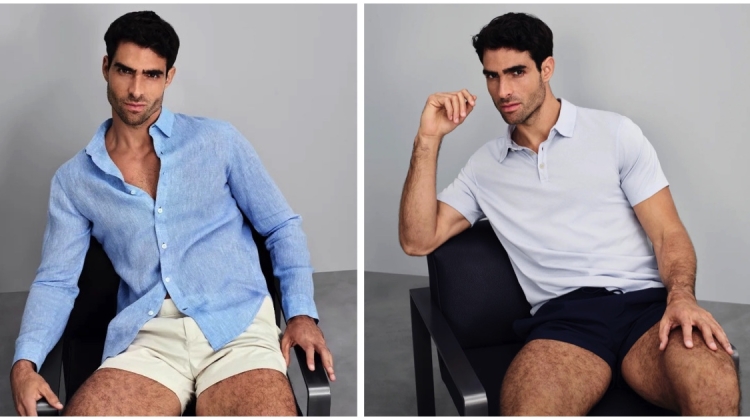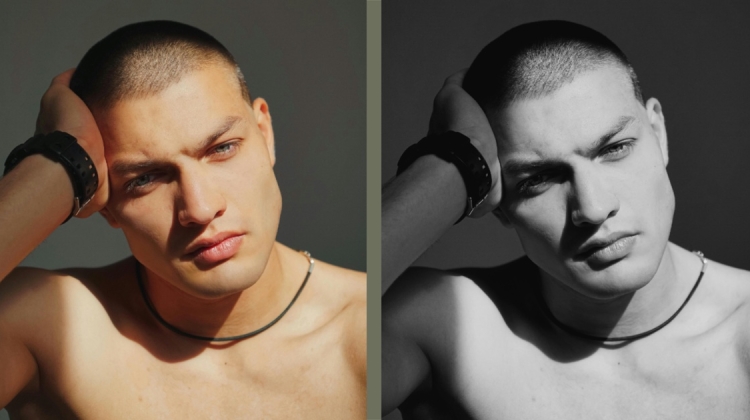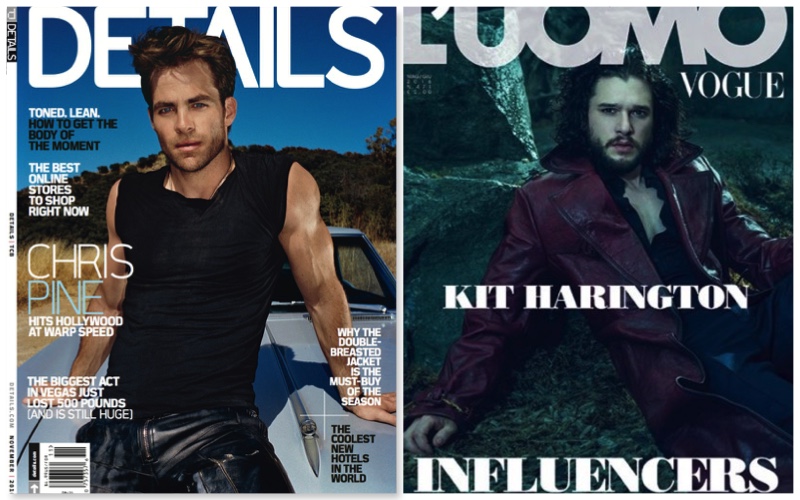
While fashion at large is in its infancy with balancing tradition and the supposed demands of a modern era, print media is in a precarious position. You don’t have to search far to find a story of newsstand sales being in decline or a magazine closing. Most recently, L’Uomo Vogue was quietly put to bed.
Related: Details Magazine Comes to an End
At the same time, you still have people holding out hope. Talking to Business of Fashion about the constant stories that print is dying, V and VMAN editor-in-chief Stephen Gan counters, “I tell them there are too many young people who are still too in love with holding a magazine in their hands to think it will ever die.”
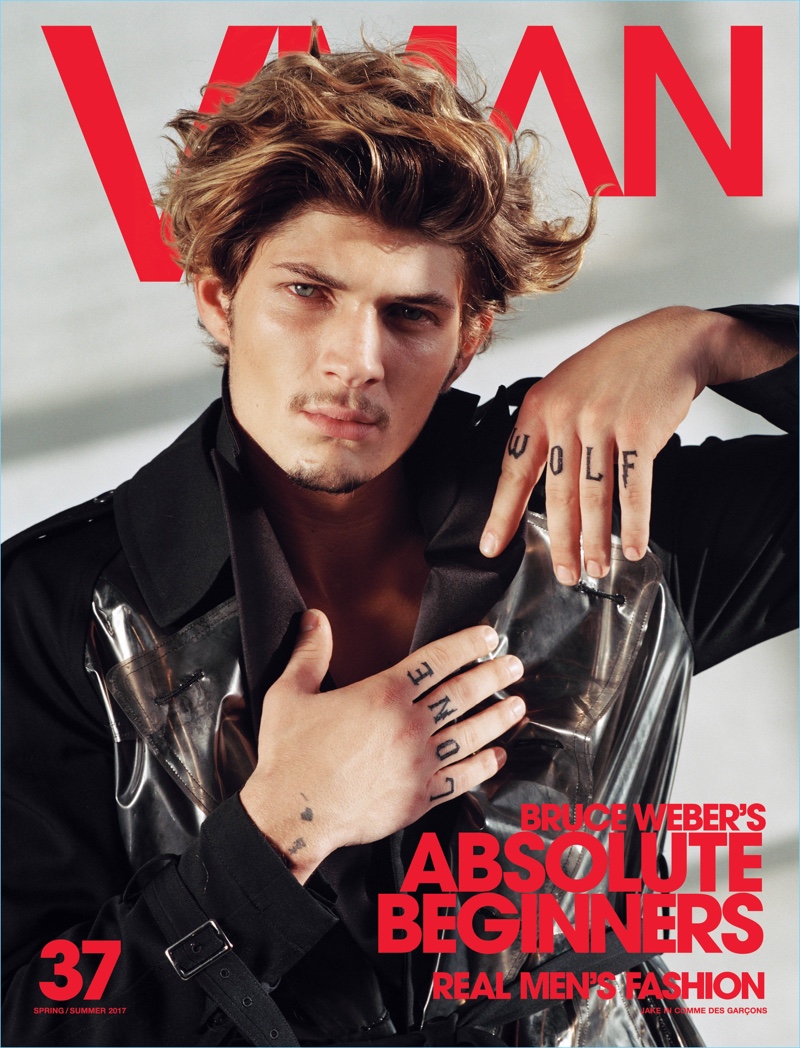
Magazine Sales & Influence on the Decline
However, sales data tells a different story. Recent years have seen a steep decline in magazine newsstand sales. Folio reports that 2016 sales in North America dropped another 12.4 percent. The publication also notes that since 2011, unit sales have dropped 52.4 percent, while revenues have fallen 43.2 percent. Unsurprisingly, it’s a difficult time for publishers.
Allure founding editor Linda Wells talks to Fashionista about publishing today. Wells says, “There was a time when magazines and magazine editors would declare something to be a ‘trend’ or a ‘look,’ and the product would sell out.” In comparison to today, she explains, “Now, [it favors] the voice of the consumer, the user, the influencer… they’ve got a strong, strong voice and a lot of followers–their followers exceed the number of subscribers that magazines have.”
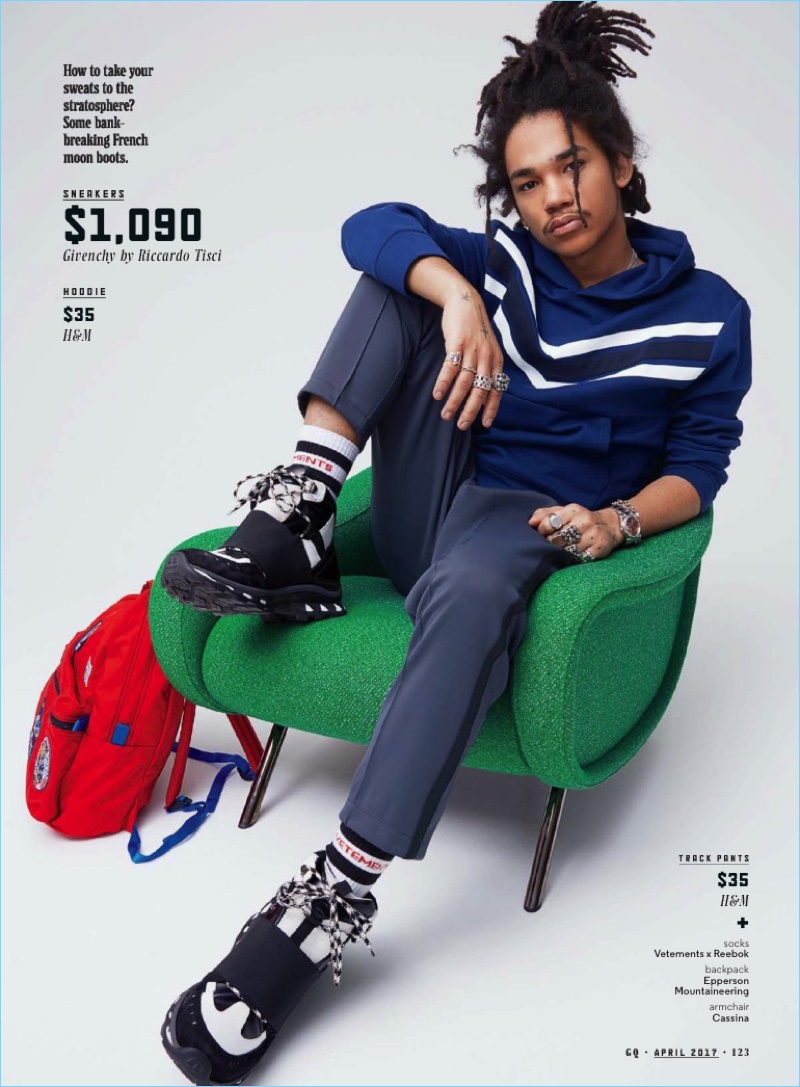
Publishers’ Modern Play
The focus on digital media and influencers has led magazines such as GQ to adopt a new focus
, shining a spotlight on influencers such as Luka Sabbat or Lucky Blue Smith. The American publication frequently features online articles with titles like “Luka Sabbat is The Latest Stylish Man to Flex in These $1,100 Jeans” or “Lucky Blue Smith Shows You How to Get More Mileage Out of Your Most Expensive Clothes.” While these type of stories may appeal to one of the guys’ young followers, one questions how relevant it is to the average GQ reader.
One could argue that fashion magazines have gone mainstream. While featuring stars such as Brad Pitt or George Clooney on the cover of a magazine draws a mass appeal, it doesn’t come with the obvious allure of the millennial consumer. Over the last couple of years, magazines have nearly bent over backwards courting millennials, but is this their audience? On the other hand, when you have magazines like Details that seemed to know their audience, what went wrong?
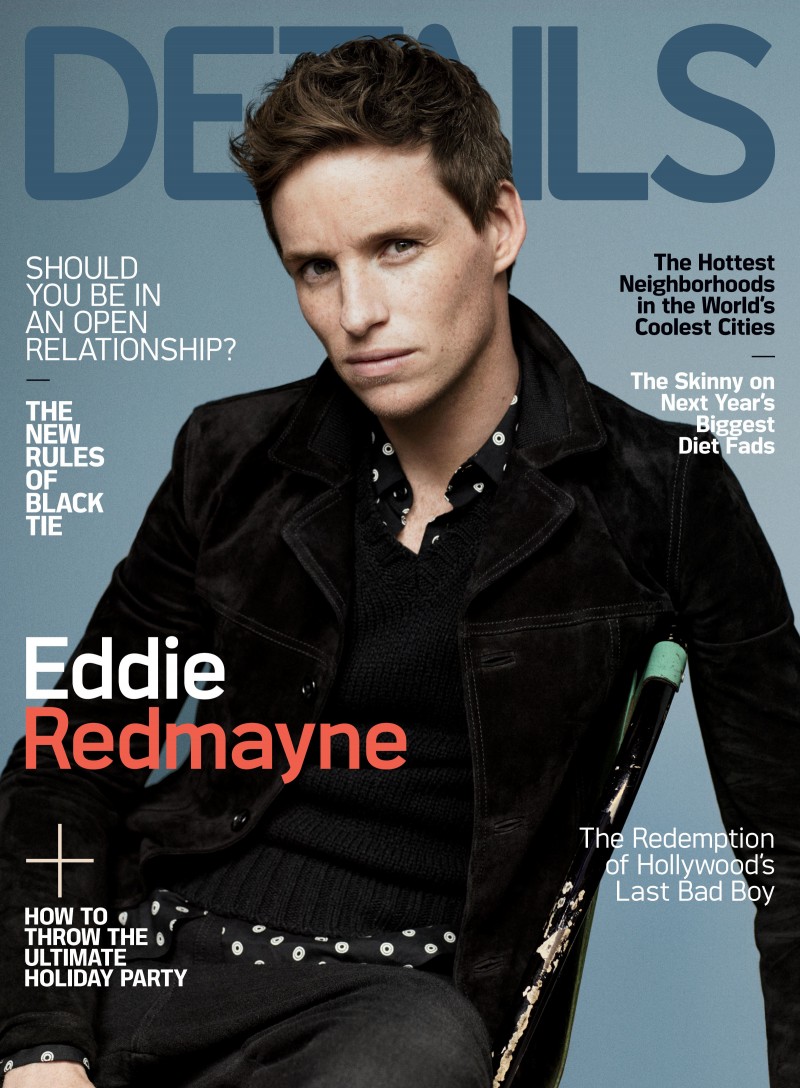
Details: A Case Study
In 2015, publications such as The New York Times reported that Details was closing. Possessing a circulation of about 560,000 at the time, the Condé Nast magazine ceased publication with its December 2015/January 2016 issue. In its final chapter, the magazine had easily differentiated itself from its peers and its digital property was thriving. However, this was not enough.
Former assistant editor and senior writer Ian Daly explained to The Observer, “Details was always a very polarizing magazine…People always treated it like a man that was obviously gay but refused to come out of the closet.”
Daly continues, “And I can say from the inside that we very definitely were not; I think we were interested by the intersection and the overlap between straight culture and gay culture. You can’t take a modern look at masculinity without considering both—and to think of them as anything other than a weird continuum would be a lie.”
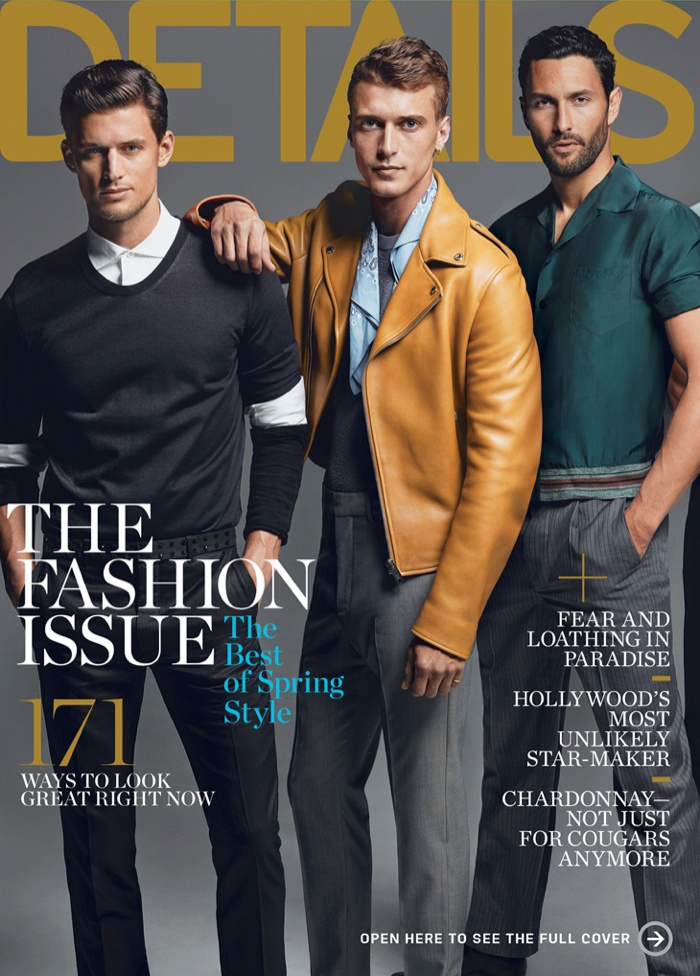
Discussing the magazine under the leadership of editor-in-chief Dan Peres, Daly adds, “Details, at least as it was redefined under Dan [Peres] in 2000, came at a time when the definition of masculinity was changing. It was dynamic, and archetypes were breaking down, and I think fusty ideas of what made a man a man were beginning to crumble—and rightly so.”
Shortly after the announcement of Detail’s closure, Peres talked to Fashion Week Daily. Asked if he sensed the end was near, he explains, “I felt something was coming. Listen—I’m not deaf. The rumors had been there for 15 years. We had an amazing run, we really did. What we did over the course of the 15 years—I stress what we did—is extraordinary.”
Peres says, “We entered a market that was dominated by the lad mags—FHM, Maxim, Stuff, GQ, and Esquire were the elder statesmen of this category—and we came in and shifted direction and started to build content and market to a different type of guy. And it worked. This is the guy who’s now sounding off on social media about the loss of this magazine. But we had a great run. There was incredible energy around what we were doing.”
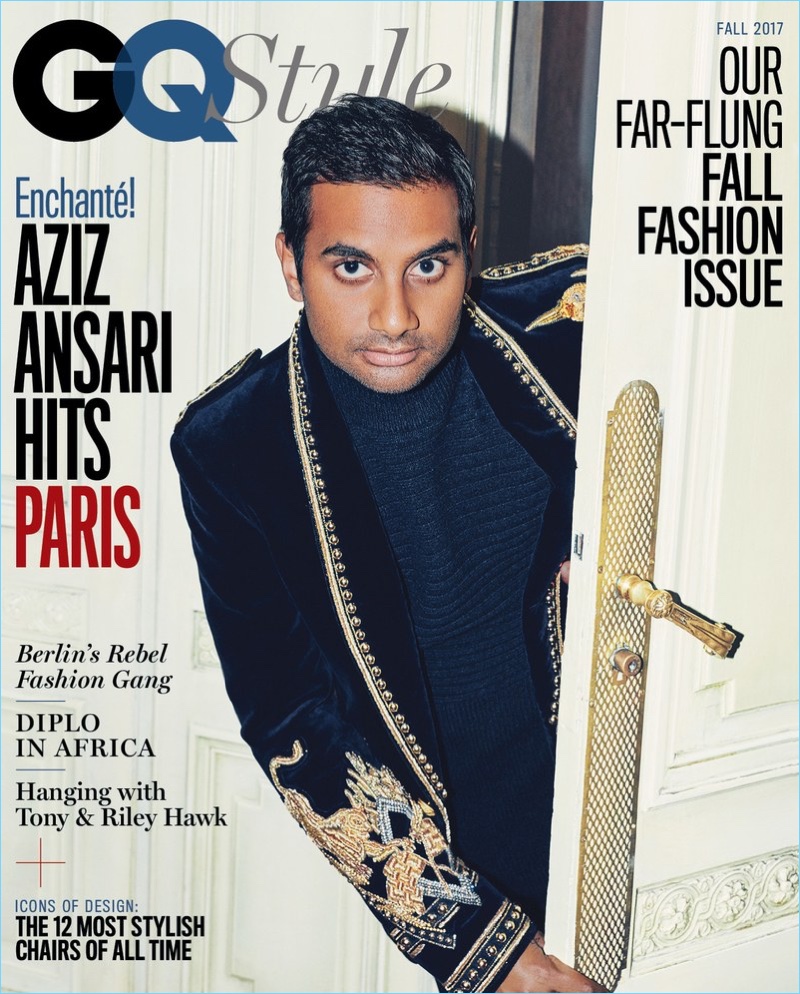
Fashion Lost in Translation
As Details was singing its swan song, Condé Nast began nurturing its new men’s title, GQ Style. The title launched in 2014 with its fall-winter issue and represented a decisive stamp on contemporary style. What began as an elevated style guide with model Arthur Kulkov on the cover, has transformed into GQ’s carbon copy. The magazine went from focusing on fashion at its core to celebrating entertainers with its 2016 relaunch that featured cover star Robert Downey Jr.
GQ Style looks to actor and comedian Aziz Ansari as its cover star for fall 2017. While there is nothing wrong with Ansari as a feature subject, the GQ brand and how they utilize him is interesting to say the least. Hoping to capitalize off of his fame as the star of Master of None, GQ Style taps Ansari as their cover subject despite the lack of an obvious interest in fashion.
After all, GQ Style is more geared towards fashion than GQ. Instead of a more style savvy star like Wiz Khalifa or Jared Leto, the magazine brings Ansari along with them to Paris Fashion Week. Mixing comedy and style, Ansari wears bold fashions for the season, or whether, they wear him. While the humor is in the forefront, the fashion aspect takes a backseat.
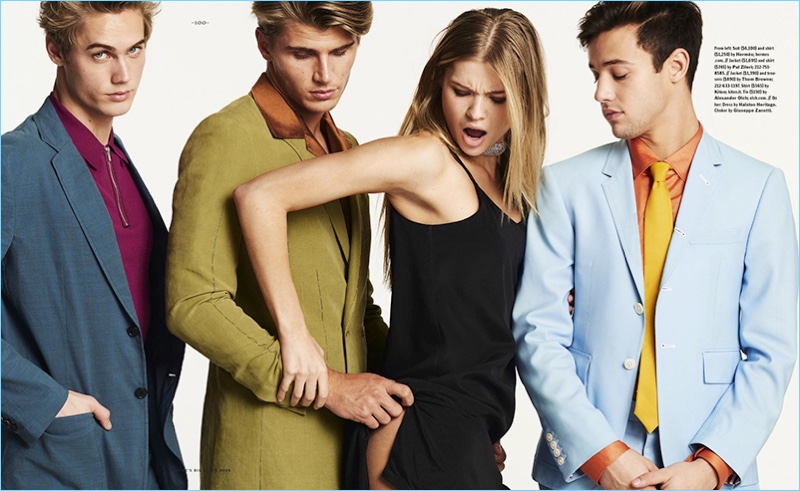
Esquire’s Big Black Book joins GQ Style in its efforts to put the spotlight on fashion and style. However, the magazine also experiences one of the issues of today–branding and maintaining an authentic voice. While GQ is more like a cool dad trying to stay hip, Esquire has maintained a standard, which gravitates towards traditional.
Fast forward to the spring-summer 2017 issue of Big Black Book and you have a fashion spread featuring influencers Ewan Kuyper, Cameron Dallas, and Neels Visser. The trio takes to a studio, parading around as models. While they aren’t an eye sore, it’s clear they aren’t models. They distract from a focus on colorful suiting.
Taking a step back, one’s forced to question what the appeal is of these guys and why Esquire would spotlight them. The answer is obvious–social engagement. However, there’s a disconnect between the Esquire reader and the type of engagement that these young stars garner. While Dallas may have over 20 million Instagram followers, explore any of his updates with its thousands of comments, and you’ll quickly discover that the majority are made by teenage girls. Is this the Esquire reader? Absolutely not.

Contemporary Men’s Magazines
Much like Esquire, L’Uomo Vogue took a similar approach to its content and began chasing viral stars. The magazine’s last couple of years included features on everyone from Dallas and Jaden Smith to Hillary Clinton’s nephew Tyler. Funnily enough GQ editor-in-chief Jim Nelson talked to WWD about publications finding their voice.
Nelson notes, “It is hard for some magazines and some websites to talk to men. Voice and point of view don’t get enough attention. Have a point of view.” On the subject of voice, art director Guillaume Bruneau discusses his approach to Maxim. He explains, “It is really qualitative. We really aren’t looking to make a supermarket magazine. We try to appeal to a group of men who love life and beautiful things.”
Referring to defunct magazine titles like Details and Men’s Vogue as “completely unattainable,” Bruneau offers, “Luxury can be more attainable. Those magazines failed.” Conflating luxury and relatability, he explains, “Luxury is in the context of the story we are telling.” Adding to the Details discussion, former GQ chief business officer Howard Mittman offers, “I think there were clients who were upset about Details folding, but I think there were fewer consumers.”
Mittman continues, “High-mindedness and depth of connection with trade is one thing…and the consumer is another.” Mittman’s observation brings up an interesting point of view, but also leads one to ask: if trade takes a backseat, is it a fashion magazine and does it have a place in the market?

